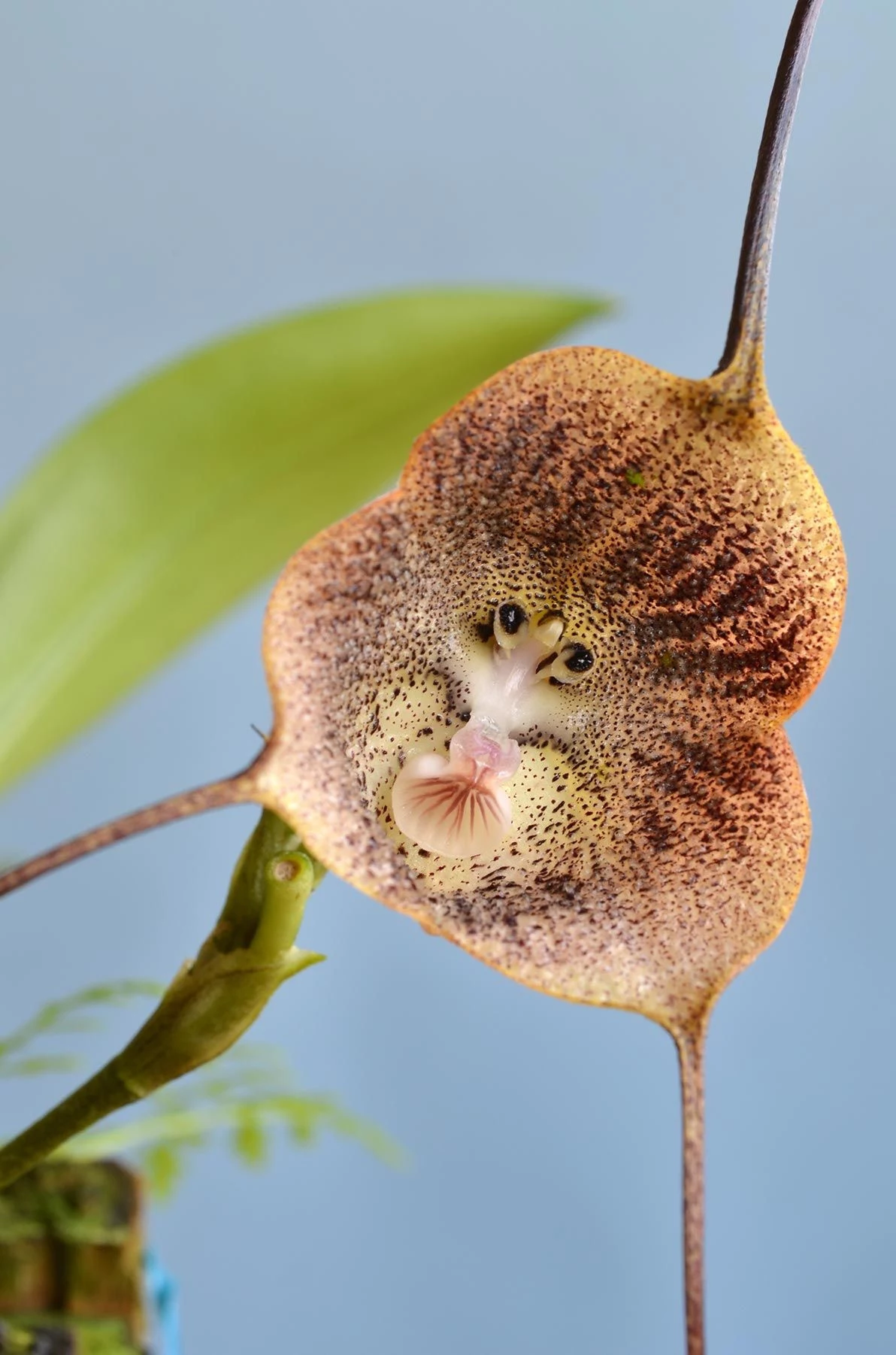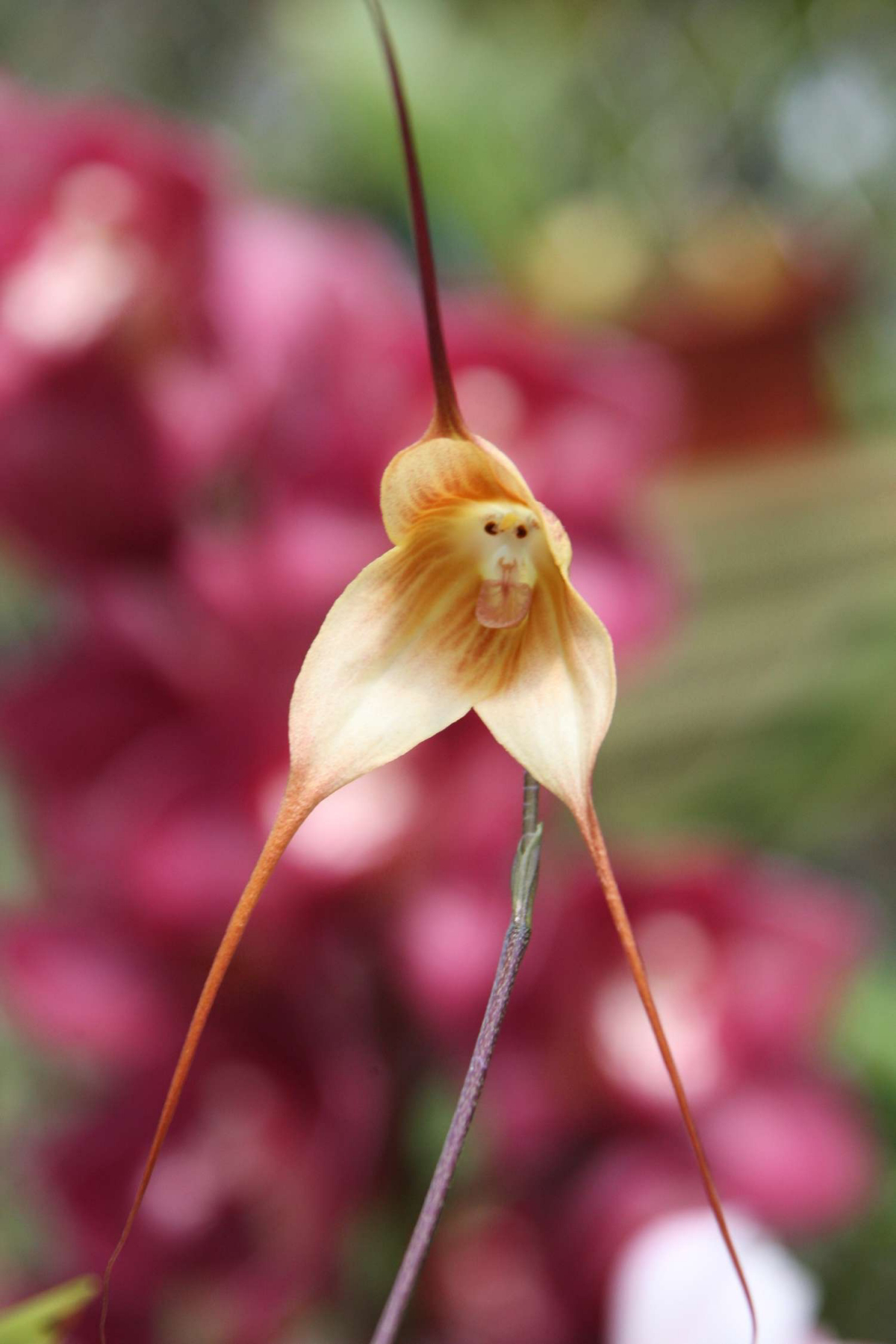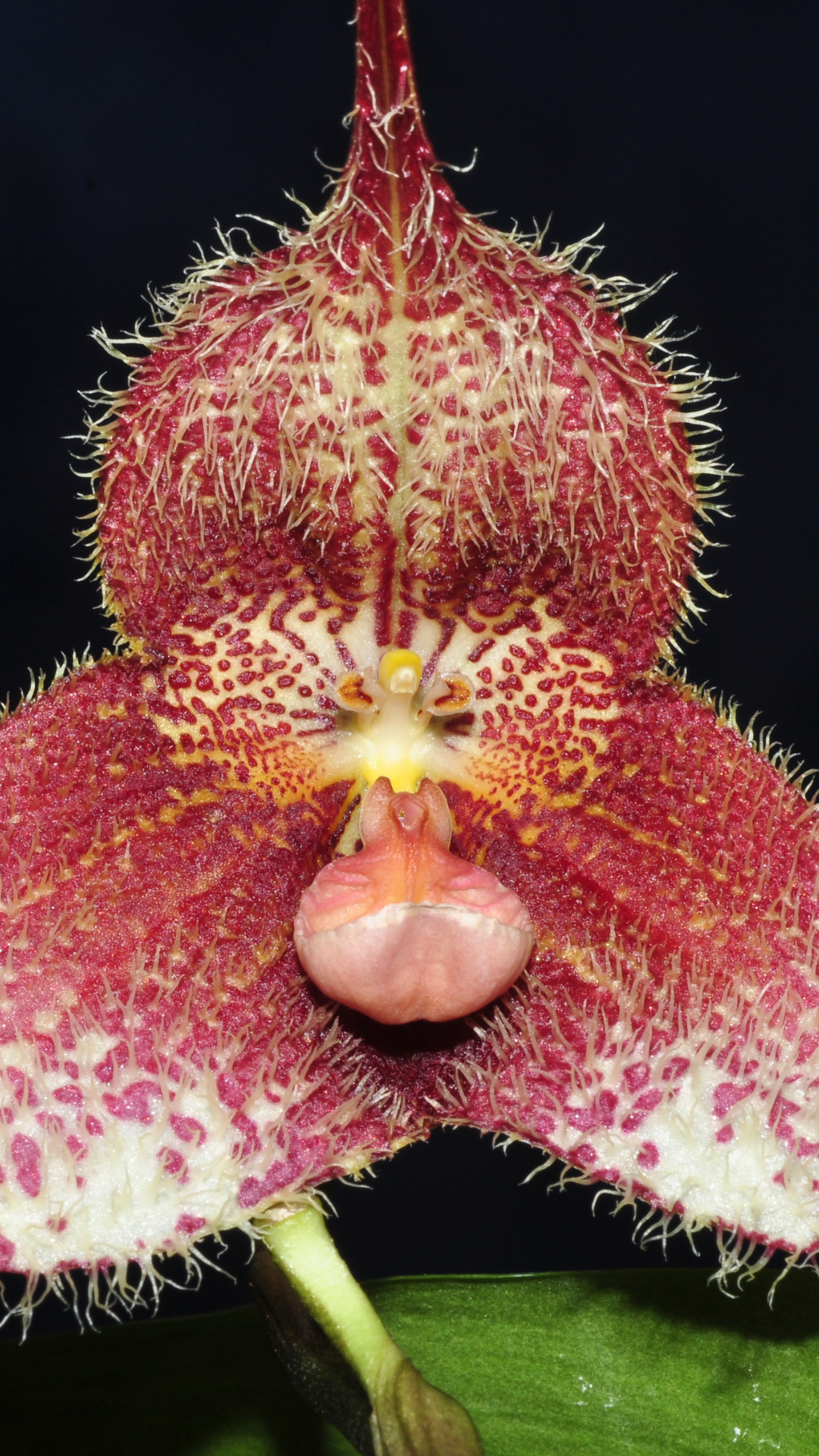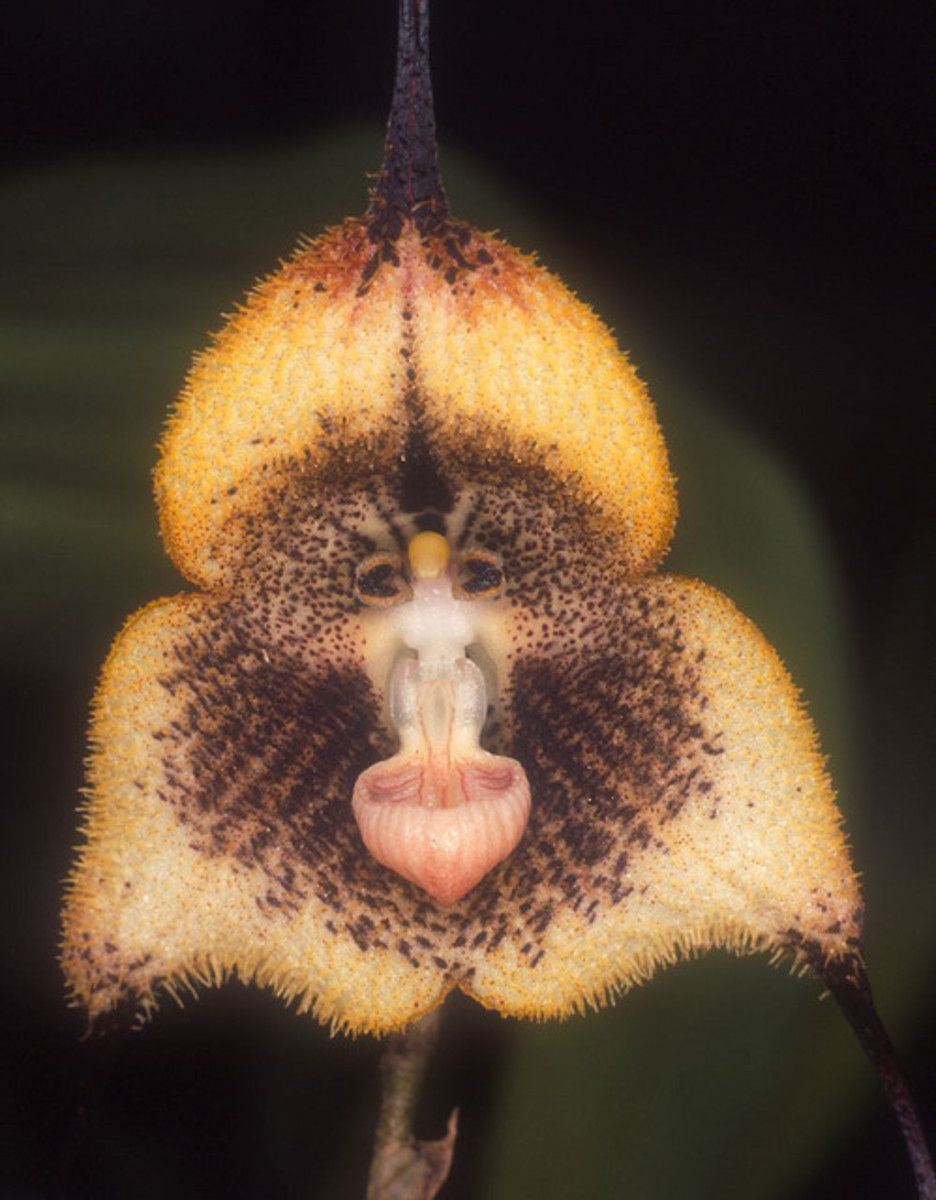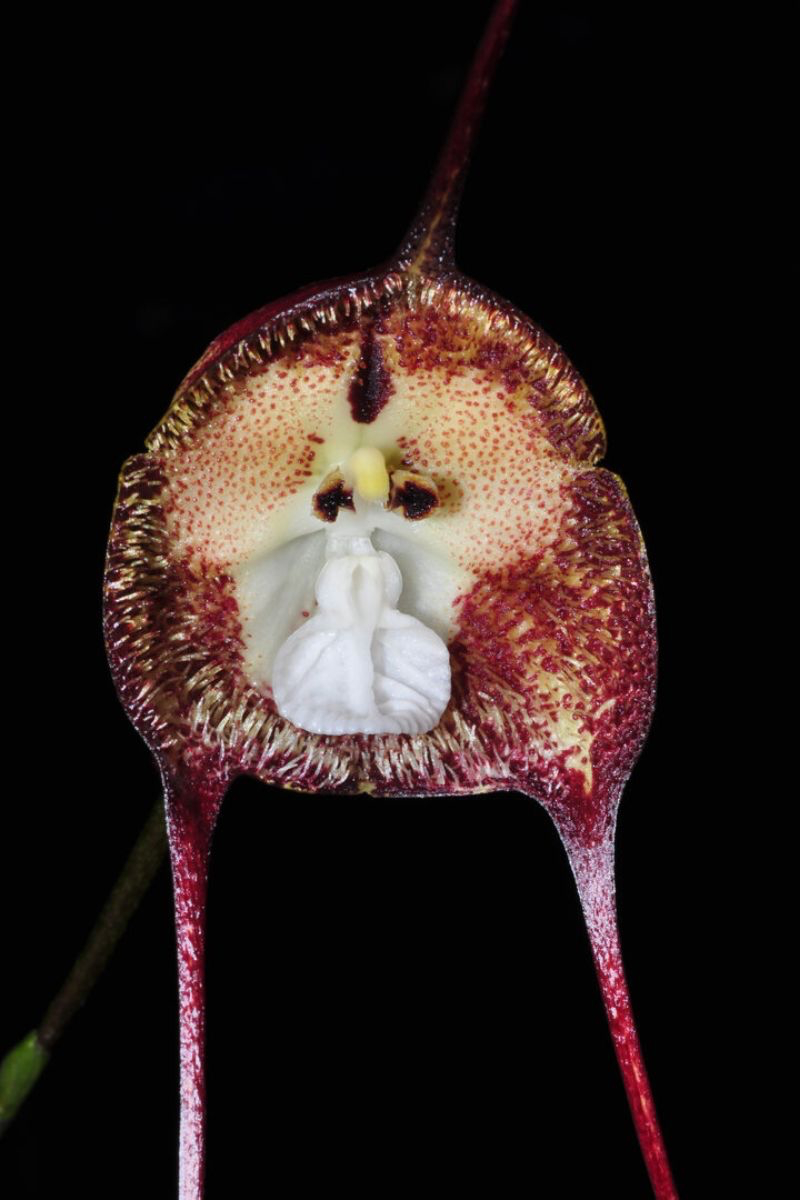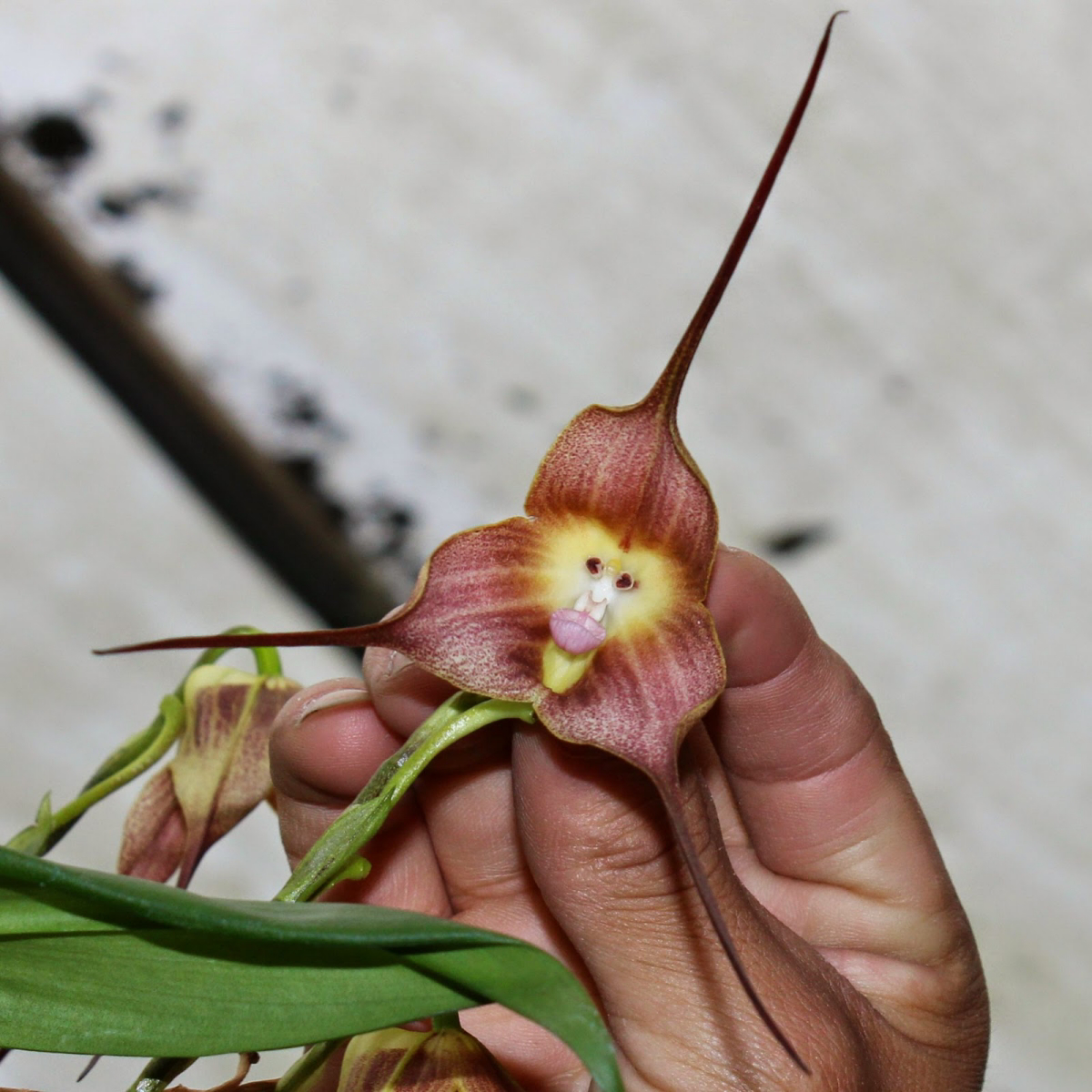The Orchid Enthusiast’s Guide: Taking Care of a Monkey Orchid
Step into a realm of botanical wonder as we embark on a captivating journey into the heart of monkey orchids. These exquisite gems, with their beguiling charm and exotic allure, have been captivating plant enthusiasts and nature aficionados for generations. Whether you’re a seasoned plant lover with a thriving indoor garden or someone simply seeking to infuse your living space with the grace of the natural world, monkey orchids offer a mesmerizing botanical experience like no other. In this comprehensive guide, we’ll delve deep into the fascinating universe of monkey orchids, unraveling their origins, understanding their unique characteristics, and unveiling the secrets to nurturing these enchanting blooms to perfection. Get ready to embrace the enchantment that is the monkey orchid.
Let’s explore the rare beauty of the Monkey orchid
In this article
What Is a Monkey Orchid?
The monkey orchid, with its scientific name Dracula Simia, is a botanical marvel that never ceases to intrigue and captivate. Aptly named, its unique blossoms bear an uncanny resemblance to the faces of monkeys or baboons. This distinct feature has led to its charming nickname, the “Monkey Orchid.” But there’s more to this fascinating species than just its quirky appearance.
- A Unique Origin: Native to the cloud forests of Ecuador and Peru, the Monkey Orchid thrives in a habitat that closely mirrors its natural environment. These forests, shrouded in mist and nestled amidst lofty mountains, create the perfect setting for these exceptional orchids to flourish.
- A Quirky Conversation Starter
Now, you might be wondering who should consider welcoming a Monkey Orchid into their lives.
These unique blossoms bear an uncanny resemblance to the faces of monkeys or baboons
Who Should Get a Monkey Orchid?
Monkey orchids are not your everyday houseplant; they are a botanical treasure that appeals to a unique set of individuals:
- Plant Enthusiasts: If you’re a devoted plant lover with a penchant for the extraordinary, the Monkey Orchid deserves a place in your collection. Its distinctive appearance and captivating blooms make it a standout specimen, drawing the attention of all who enter your space.
- Lovers of the Exotic: If you appreciate the allure of the unusual and exotic, a Monkey Orchid could be your newest botanical fascination. Its monkey-like visage is a conversation starter, inviting intrigue and curiosity from anyone who encounters it.
- Indoor Gardening Enthusiasts: For those looking to elevate their indoor gardening game, the Monkey Orchid presents an exciting challenge. While its care may require some dedication, the rewards are well worth it in the form of stunning, monkey-faced blossoms.
Intrigued? You should be! The Monkey Orchid is more than just a plant; it’s a captivating botanical wonder that can add a touch of the extraordinary to your living space. Now, let’s delve into the many benefits of having one of these remarkable orchids in your life.
This plant is perfect for you if you are a devoted plant lover with a love for the extraordinary
What Are the Benefits of Owning a Monkey Orchid?
Owning a monkey orchid offers a multitude of benefits that extend beyond their unique appearance. Here are some of the advantages of having these charming orchids in your life:
- Aesthetic Appeal: Monkey orchids are a visual delight, with their striking resemblance to primate faces. They add a touch of whimsy and intrigue to your home decor.
- Air Purifiers: Like many orchids, they help improve indoor air quality by absorbing pollutants and releasing oxygen.
- Low Maintenance: With proper care, monkey orchids can thrive indoors, making them suitable for both experienced gardeners and beginners.
- Stress Reduction: Studies have shown that caring for plants like orchids can reduce stress and enhance overall well-being.
Monkey orchids have a striking resemblance to primate faces
Who Should Avoid This Plant?
While monkey orchids are fascinating and rewarding to cultivate, there are some considerations to keep in mind. This plant might not be the best choice for everyone:
- Pet Owners: Monkey orchids can be toxic to pets if ingested. If you have curious pets that often nibble on plants, it’s essential to place your orchids out of their reach.
Frequent Travelers: Monkey orchids require consistent care and attention, including specific humidity levels and light conditions. If you’re often away from home, their care might pose a challenge. - Extremely Low-Light Spaces: If your living space lacks natural light or is consistently dim, consider other low-light houseplants, as monkey orchids thrive in moderate to bright indirect light.
Now that we’ve covered the basics, let’s delve into the art of taking care of your monkey orchid and ensuring it thrives in your home.
Remember that Monkey orchids can be toxic to pets if ingested
How to Take Care of a Monkey Orchid
Caring for a monkey orchid may seem like a daunting task, but with the right knowledge and a dash of dedication, you can enjoy their unique beauty year-round. Let’s break down the essential aspects of their care:
Watering
Proper watering is crucial to the health of your monkey orchid. These orchids have specific water requirements that differ from other houseplants.
- Frequency: Monkey orchids prefer to be kept consistently moist, but not soggy. Water them when the top inch of the potting mix feels dry to the touch. Typically, this means watering every 7–10 days.
- Water Quality: Use lukewarm, distilled water or rainwater to prevent mineral buildup in the potting mix. Avoid using tap water, which can contain chemicals harmful to the orchids.
- Pro Tip: Consider placing a humidity tray filled with water and pebbles near your orchids to maintain the required humidity levels.
Monkey orchids prefer to be kept consistently moist, but not soggy
Light
Proper lighting is essential for the growth and flowering of your monkey orchid. Here’s what you need to know:
- Indirect Light: Monkey orchids thrive in bright, indirect light. Place them near a north or east-facing window, where they can receive filtered sunlight. Avoid direct sun exposure, as it can scorch their delicate leaves.
- Artificial Lighting: If you lack suitable natural light, consider using fluorescent or LED grow lights. Position the lights 12–18 inches above the orchids and provide 12-14 hours of light per day, simulating their natural habitat.
Avoid direct sun exposure, as it can scorch the plant’s delicate leaves
Temperature
Maintaining the right temperature is key to keeping your monkey orchid healthy. These orchids have specific temperature requirements:
- Daytime Temperature: Monkey orchids prefer daytime temperatures between 70-80 °F (21-27 °C).
- Nighttime Temperature: In the evening, the temperature should drop slightly, ideally between 55-65 °F (13-18 °C). This temperature variation mimics their native environment.
These orchids have specific temperature requirements
Fertilization
Fertilization plays a vital role in the care of your Monkey Orchid, providing the essential nutrients it needs to thrive and produce those captivating monkey-like blooms. To ensure the health and vitality of your orchid, it’s crucial to choose a balanced, water-soluble orchid fertilizer. During the growing season, typically from spring to early autumn, dilute the fertilizer to half its recommended strength and apply it every two to four weeks. However, as autumn transitions to winter, it’s essential to reduce fertilization frequency, allowing your orchid to prepare for its dormant phase. With the right fertilization routine, you’ll witness your Monkey Orchid’s lush green foliage and vibrant, monkey-like flowers in all their glory, a testament to your nurturing care.
It is crucial to choose a balanced, water-soluble orchid fertilizer
Placement
Choosing the right spot for your monkey orchid is crucial for their well-being:
- Ideal Locations: Place your orchid in a room with good air circulation. Bathrooms and kitchens are excellent choices, as they often have higher humidity levels. Alternatively, you can use a humidifier to maintain adequate humidity.
- Avoid Drafts: Protect your orchid from drafts, as they can lead to temperature fluctuations that stress the plant.
Bathrooms and kitchens are excellent choices for this plant
Humidity
Monkey orchids thrive in high humidity, similar to their native cloud forest habitat. Here’s how to create the perfect humidity environment:
- Humidity Tray: As mentioned earlier, place a humidity tray filled with water and pebbles near your orchids. As the water evaporates, it raises the humidity around the plants.
- Misting: Regularly mist the orchids with lukewarm water, especially during drier months or in low-humidity environments.
- Humidifier: Consider using a humidifier in the room where your orchids are placed to maintain consistent humidity levels.
Monkey orchids thrive in high humidity, similar to their native cloud forest habitat
Soil
Choosing the right potting mix is essential for your monkey orchid’s health:
- Orchid Mix: Use a well-draining orchid potting mix, typically consisting of bark, perlite, and sphagnum moss. This mix allows for proper aeration of the roots and prevents waterlogged soil.
- Pro Tip: Repot your monkey orchid every 2–3 years or when you notice the potting mix breaking down.
Use a well-draining orchid potting mix for proper aeration of the roots
Conclusion
Congratulations! You are now equipped with the knowledge and skills to care for your monkey orchid successfully. These charming and unusual orchids have the potential to bring a touch of the exotic into your daily life, and with proper care, they can thrive and delight you with their captivating blooms for years to come. Remember, nurturing your monkey orchid is a journey of patience and dedication, much like tending to any beautiful living thing. Embrace the challenge, and soon you’ll be rewarded with the stunning, monkey-like blossoms and the satisfaction of being a successful orchid caregiver. So, go ahead, welcome a monkey orchid into your home, and let its unique beauty become a part of your daily life. Happy orchid gardening!
Now you know everything about the monkey orchid!
